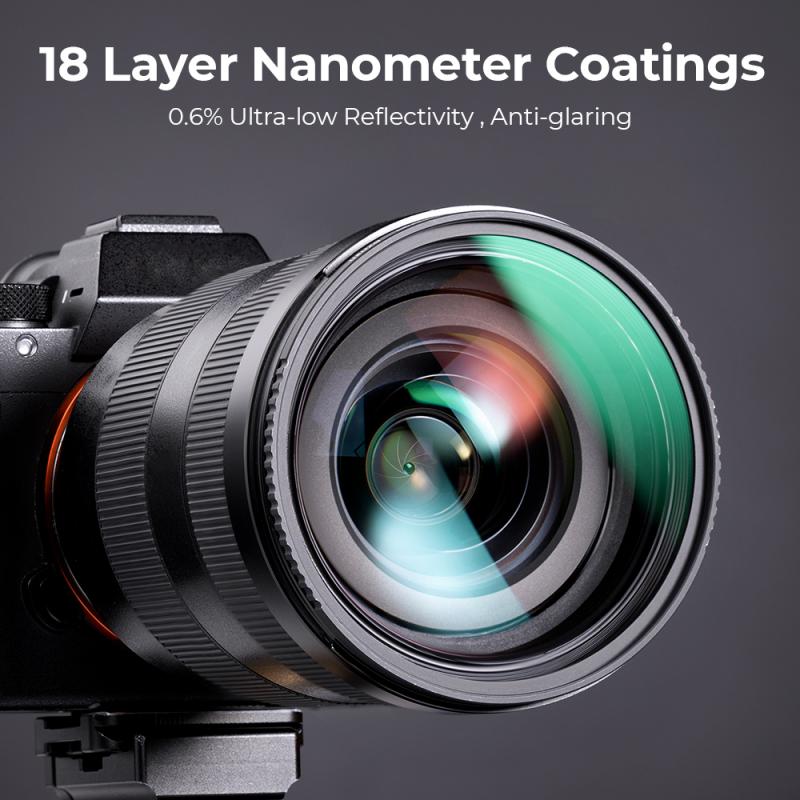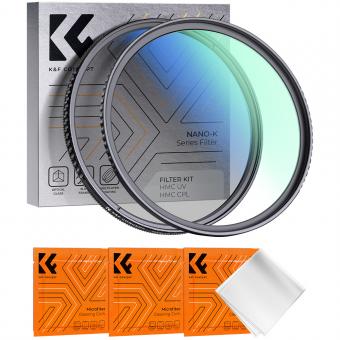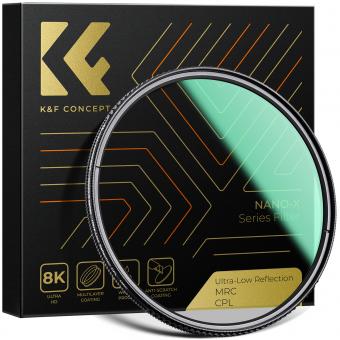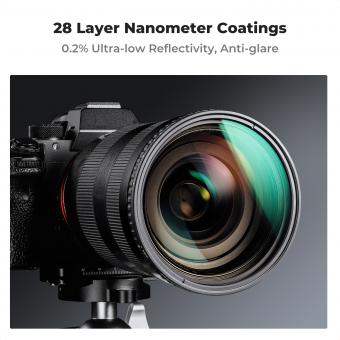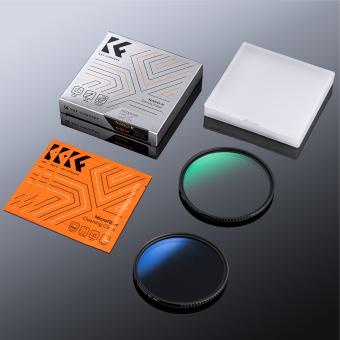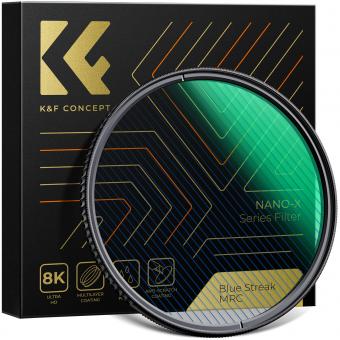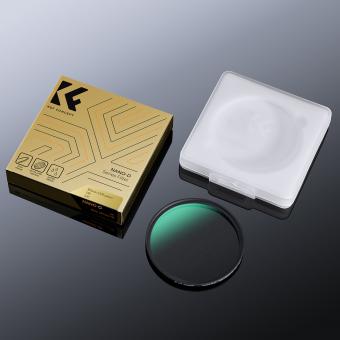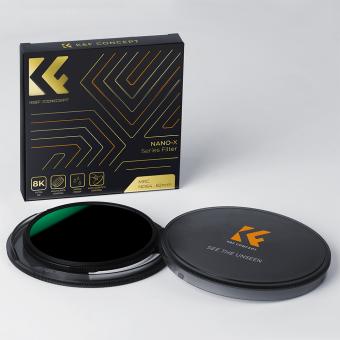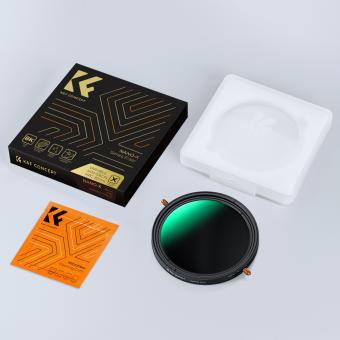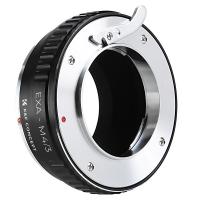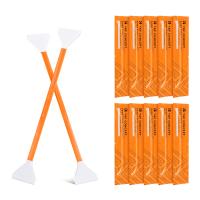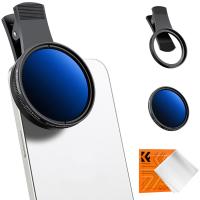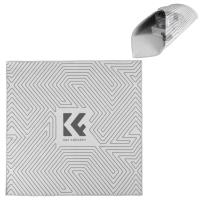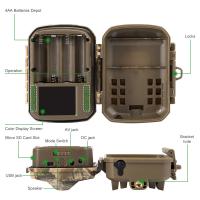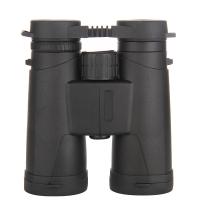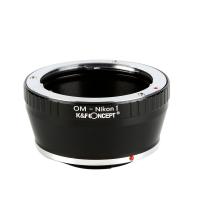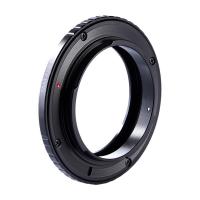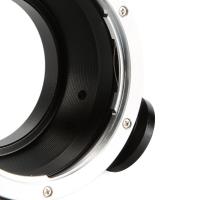When To Use A Circular Polarizer ?
A circular polarizer is typically used in photography to reduce glare and reflections from non-metallic surfaces such as water, glass, and foliage. It can also enhance the saturation and contrast of colors in a scene. Additionally, a circular polarizer can darken the sky and make clouds stand out more prominently. It is commonly used in landscape, nature, and architectural photography to achieve more vibrant and visually appealing images.
1、 Enhancing color saturation and contrast in landscape photography.
When to use a circular polarizer: Enhancing color saturation and contrast in landscape photography.
A circular polarizer is a valuable tool for landscape photographers looking to enhance the color saturation and contrast in their images. It is particularly useful when shooting scenes with a lot of reflective surfaces such as water, glass, or foliage.
One of the main benefits of using a circular polarizer is its ability to reduce glare and reflections. When light reflects off a surface, it becomes polarized, meaning the light waves align in a specific direction. A circular polarizer filter can be rotated to block these polarized light waves, reducing or eliminating unwanted reflections. This is especially useful when photographing bodies of water, as it allows you to see through the surface and capture the vibrant colors and details beneath.
In addition to reducing reflections, a circular polarizer can also enhance color saturation. By blocking certain polarized light waves, the filter can make colors appear more vibrant and saturated. This is particularly noticeable in blue skies, where the filter can deepen the color and make the clouds stand out more.
Furthermore, a circular polarizer can also increase contrast in your landscape images. By reducing the amount of scattered light, the filter can make the shadows appear darker and the highlights more pronounced. This can add depth and dimension to your photographs, making them more visually appealing.
It is important to note that the effectiveness of a circular polarizer depends on the angle of the light source and the position of the photographer. The filter works best when the light source is at a 90-degree angle to the subject. Therefore, it is recommended to use a circular polarizer when shooting landscapes during the golden hours of sunrise or sunset, when the light is coming from the side.
In conclusion, a circular polarizer is a valuable tool for landscape photographers looking to enhance color saturation and contrast in their images. By reducing reflections, increasing color vibrancy, and improving contrast, this filter can help create stunning and captivating landscape photographs.
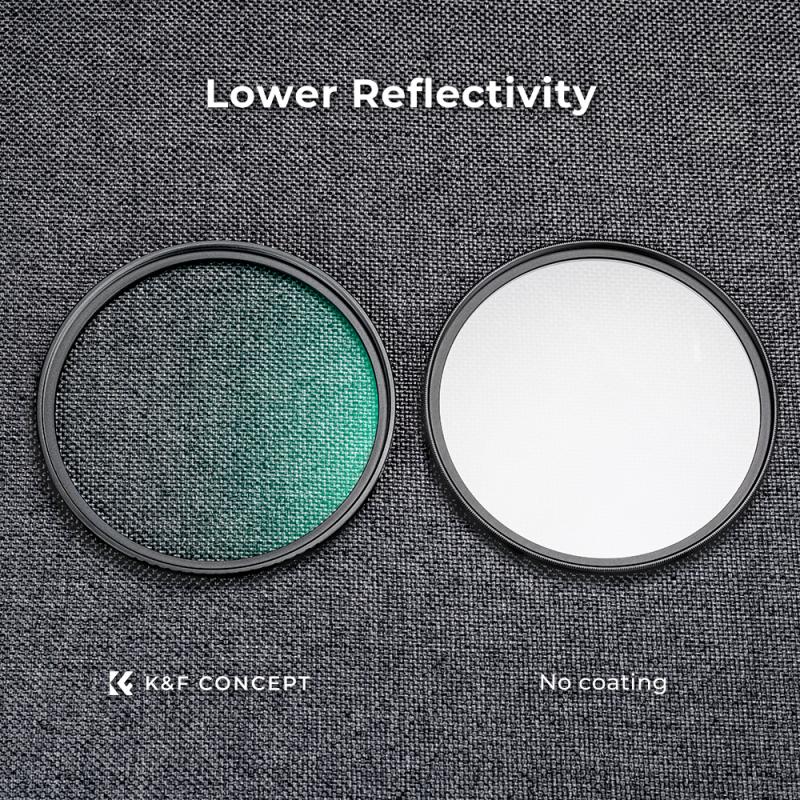
2、 Reducing glare and reflections from non-metallic surfaces.
When to use a circular polarizer: reducing glare and reflections from non-metallic surfaces.
A circular polarizer is a valuable tool for photographers and videographers, as it helps to reduce glare and reflections from non-metallic surfaces. It achieves this by selectively blocking certain polarized light waves, resulting in clearer and more vibrant images.
One of the primary applications of a circular polarizer is in landscape photography. When shooting outdoors, the polarizer can be used to minimize reflections from water, glass, and foliage, allowing the true colors and details of the scene to come through. It can also enhance the contrast between the sky and clouds, making the image more visually appealing.
In addition to landscape photography, a circular polarizer can be beneficial in other situations as well. For example, when photographing through windows or shooting in bright sunlight, the polarizer can help to reduce unwanted reflections and improve overall image quality. It can also be used to enhance the colors of flowers and other non-metallic objects, making them appear more vibrant and saturated.
It is worth noting that the effectiveness of a circular polarizer can vary depending on the angle at which it is used. To achieve the desired effect, it is important to adjust the polarizer by rotating it until the reflections are minimized. This requires some experimentation and practice, but the results can be well worth the effort.
In conclusion, a circular polarizer is a valuable tool for reducing glare and reflections from non-metallic surfaces. Whether you are shooting landscapes, capturing images through windows, or simply looking to enhance colors and contrast, a circular polarizer can greatly improve the quality of your photographs.
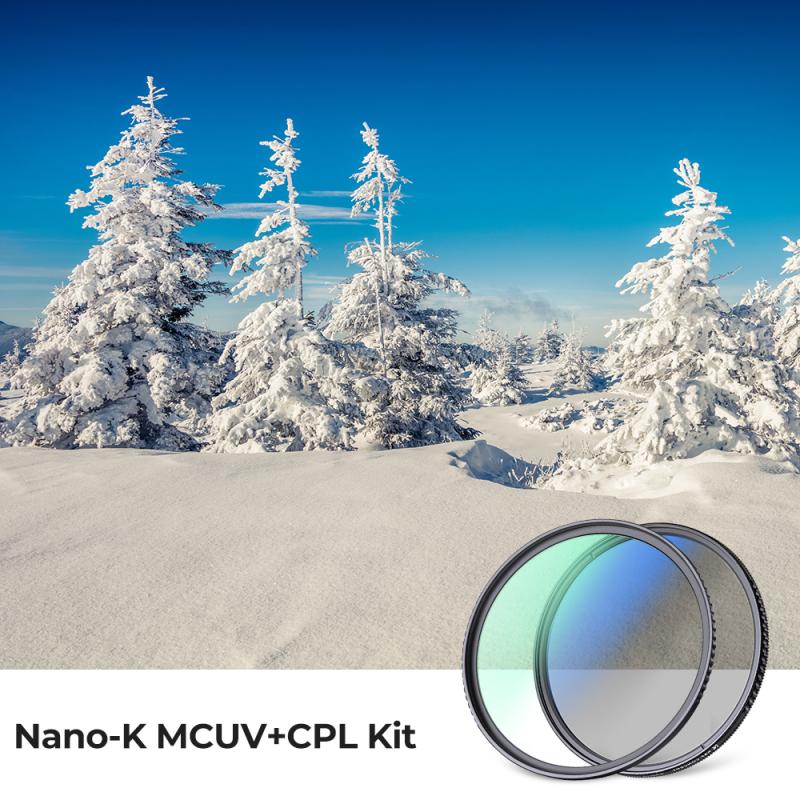
3、 Achieving more vibrant and saturated skies in outdoor photography.
When to use a circular polarizer: Achieving more vibrant and saturated skies in outdoor photography.
A circular polarizer is a valuable tool for outdoor photographers looking to enhance the colors and overall quality of their images. One of the key benefits of using a circular polarizer is its ability to intensify the colors in the sky, particularly blues and whites, resulting in more vibrant and saturated images.
When photographing landscapes or outdoor scenes with a lot of sky, a circular polarizer can make a significant difference. By reducing glare and reflections from non-metallic surfaces such as water or glass, the polarizer allows the true colors of the sky to come through. This can be particularly useful when shooting during midday or in bright sunlight, as it helps to reduce the washed-out appearance that often occurs in these conditions.
Furthermore, a circular polarizer can also enhance the contrast between the sky and clouds, making the clouds appear more defined and dramatic. This can add depth and interest to your images, creating a more visually appealing composition.
It is important to note that the effectiveness of a circular polarizer depends on the angle at which it is used. To achieve the desired effect, the photographer must rotate the filter until the maximum polarization is achieved. This can be easily done by looking through the viewfinder or LCD screen and adjusting the filter accordingly.
In conclusion, a circular polarizer is a valuable tool for outdoor photographers looking to achieve more vibrant and saturated skies in their images. By reducing glare and reflections, it intensifies the colors of the sky, resulting in more visually appealing photographs.
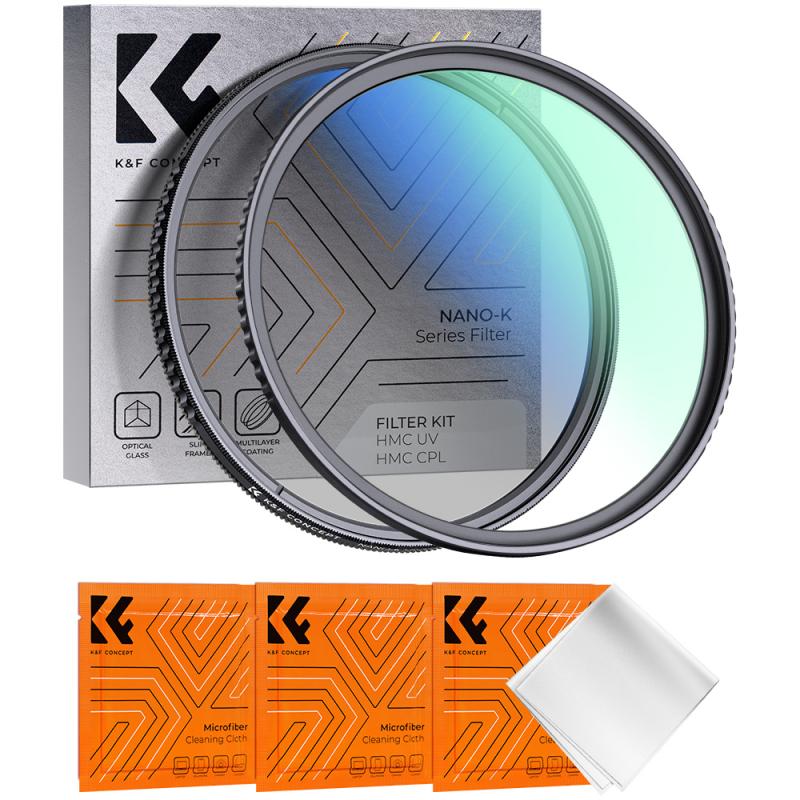
4、 Enhancing the visibility of underwater subjects in photography.
When to use a circular polarizer: Enhancing the visibility of underwater subjects in photography.
A circular polarizer is a valuable tool for photographers looking to enhance the visibility of underwater subjects. It can help reduce glare and reflections on the water's surface, allowing for clearer and more vibrant images. Here are some situations where using a circular polarizer can be particularly beneficial:
1. Shooting in bright sunlight: When photographing underwater subjects in bright sunlight, the water's surface can create intense reflections and glare. By using a circular polarizer, you can effectively reduce these reflections, allowing for better visibility of the subjects beneath the water.
2. Capturing underwater landscapes: Circular polarizers can also be useful when photographing underwater landscapes. They can help enhance the colors and details of the underwater environment, making the image more visually appealing.
3. Shooting through water: When shooting through water, the medium can often distort and scatter light, resulting in reduced clarity and contrast. By using a circular polarizer, you can minimize these effects, resulting in sharper and more defined images.
4. Enhancing color saturation: Circular polarizers can also boost color saturation, making underwater subjects appear more vibrant and vivid. This can be particularly useful when photographing coral reefs, marine life, or other colorful underwater scenes.
It is important to note that the effectiveness of a circular polarizer can vary depending on factors such as the angle of the sun, water clarity, and the specific conditions of the underwater environment. Experimentation and adjusting the polarizer's orientation may be necessary to achieve the desired results.
In conclusion, a circular polarizer can greatly enhance the visibility of underwater subjects in photography. By reducing glare, improving contrast, and boosting color saturation, it allows photographers to capture stunning and captivating images of the underwater world.
